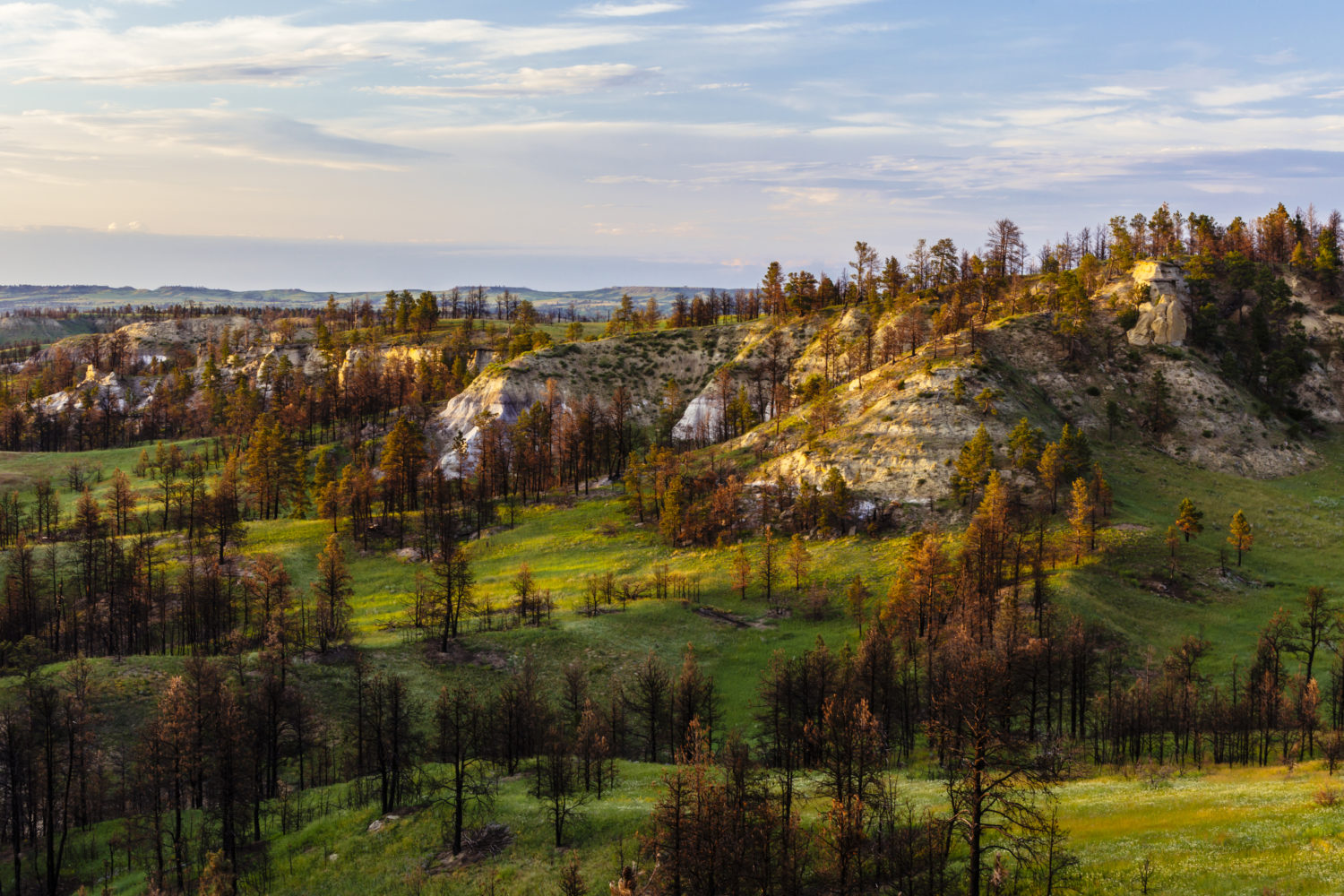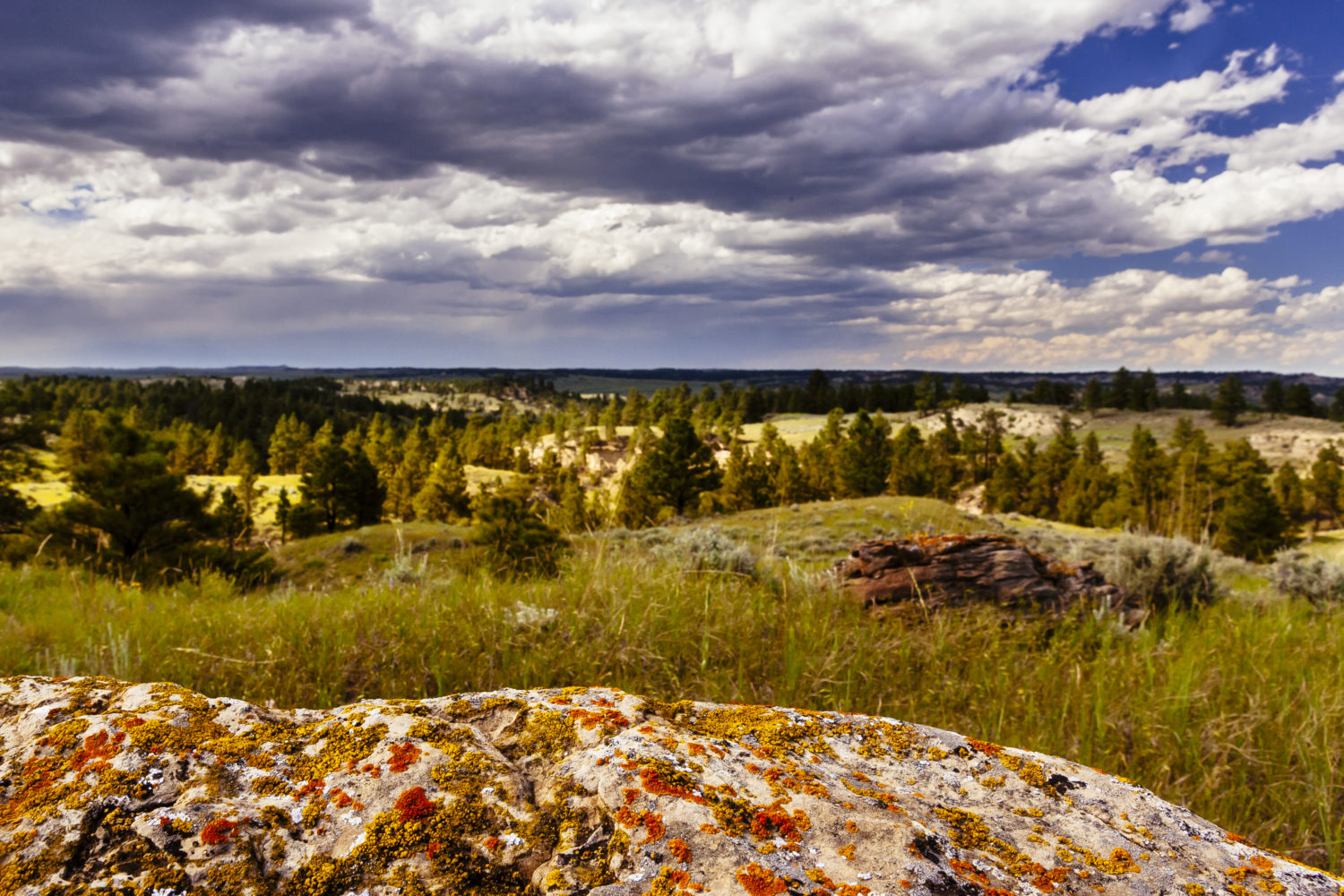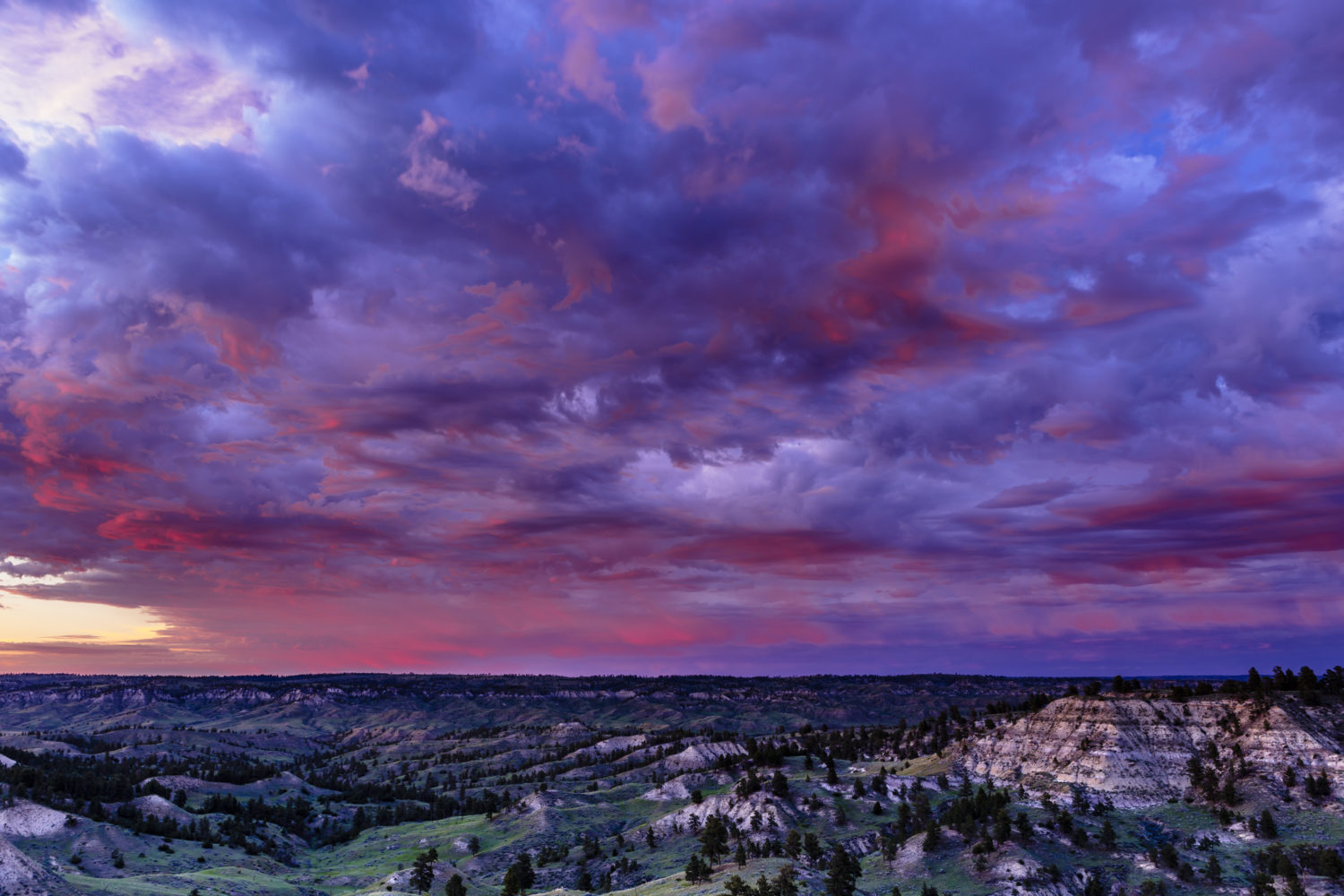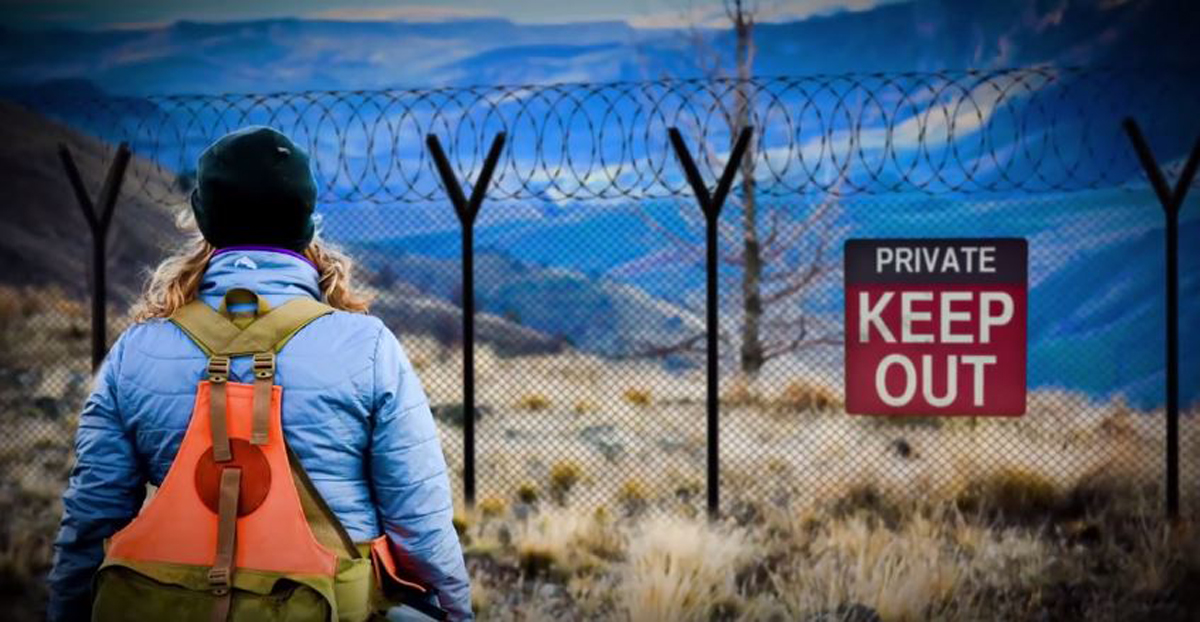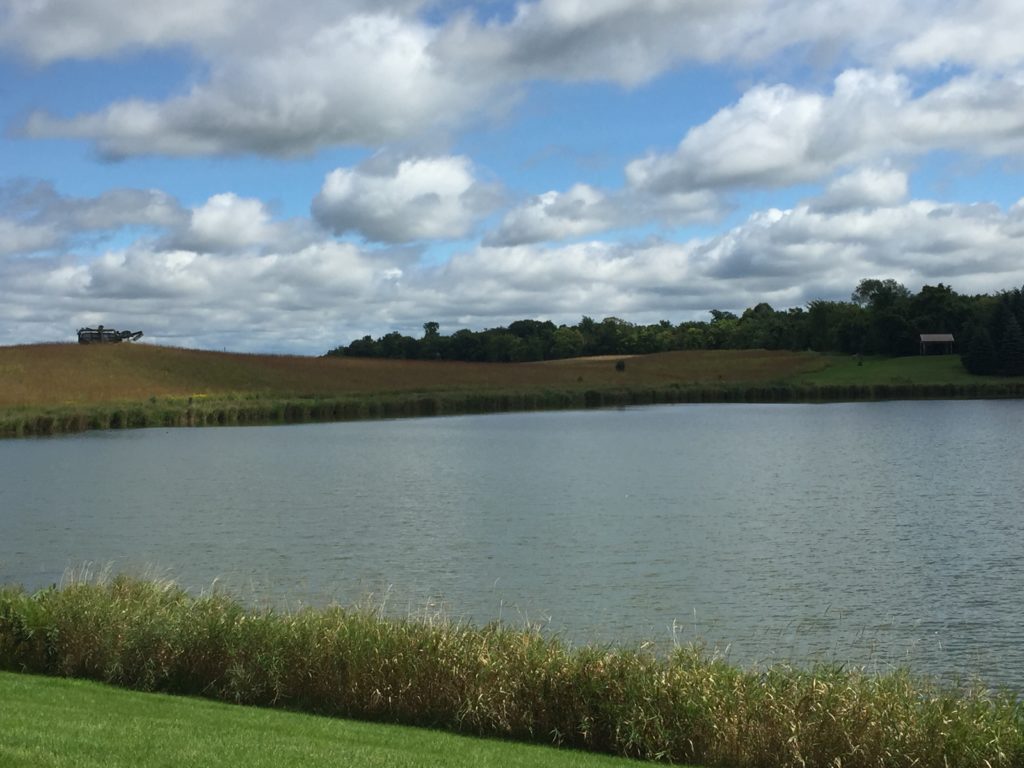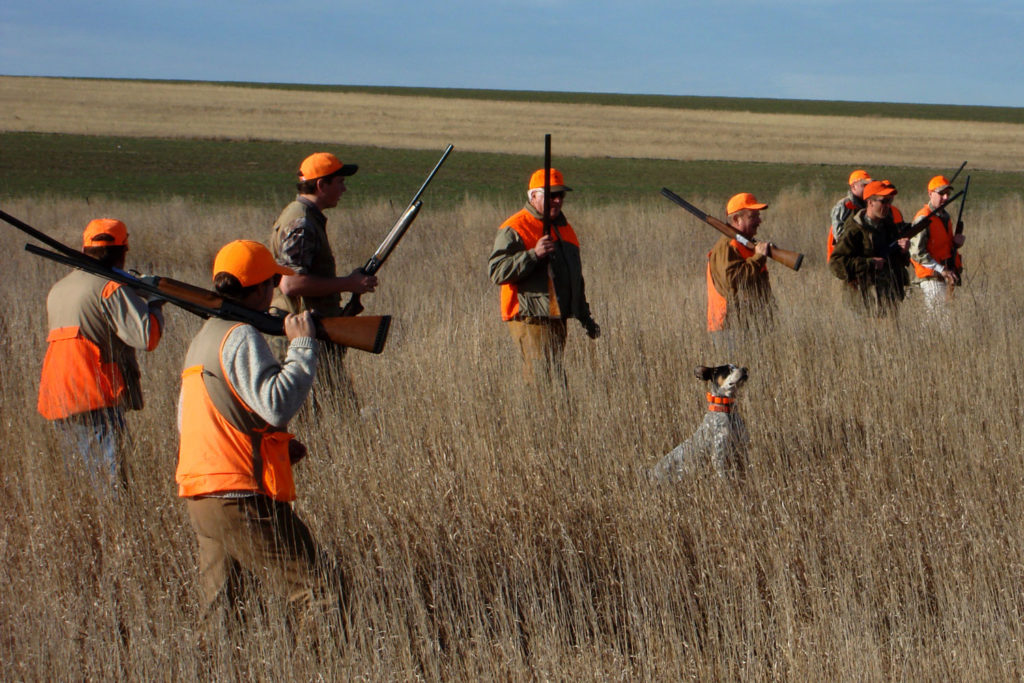While the focus should absolutely be on helping victims of recent storms, there will come a time for reflecting on how to improve coastal resilience—these lessons from Hurricanes Katrina and Rita have changed the way that Louisiana views wetlands
My lifelong home in South Louisiana has borne the brunt of more than a dozen hurricanes over the last 40 years. Each of them brought flooding rains, heavy winds, and storm surges that inundated coastal communities. Some of them, like Hurricanes Katrina and Rita, reshaped cities and lives forever.
This is why it’s especially tough to see the devastation from Hurricanes Harvey and Irma affect friends, colleagues, and the places they call home. I’ve been there before—so have my friends and neighbors. We know it could just as easily be us gutting our homes, wondering when our roads will be passable, and struggling with seemingly endless power outages.
We understand the weeks, months, and maybe years of struggle ahead. The incredibly generous outpouring of support from fellow Americans, in the form of financial donations, volunteer hours, food, and water is critical to stabilizing the situation and beginning to rebuild. But anybody who has lived through such devastation knows only time, determination, and hard work will truly bring back a sense of normalcy for those in the paths of Harvey and Irma.
The focus for those directly affected—and for all Americans—should continue to be on aid for those who have lost their homes, vehicles, and schools or are struggling to find comfort without electricity, food, or water.
There will come a time, however, after this hurricane season is over and recovery is underway, when coastal residents, community leaders, and officials will begin to assess why the damage was so extensive.
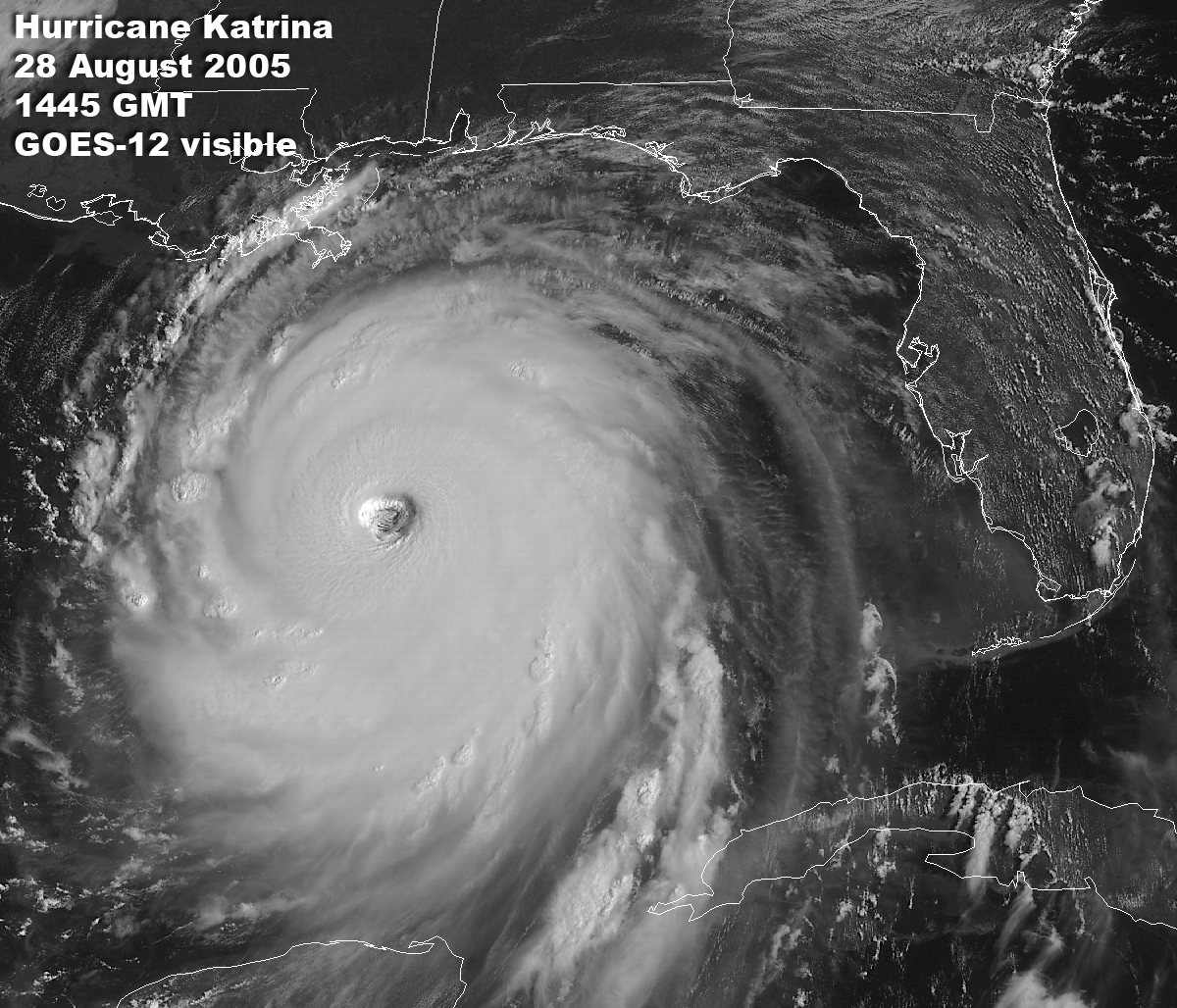
A Louisiana Case Study
That reckoning occurred in Louisiana in late 2005, after Katrina and Rita brought absolute devastation from one end of the state to the other. Building codes were analyzed. Flood plain maps were examined and updated. Evacuation plans were closely critiqued. And, perhaps most critically, scientists and engineers began examining why flood protection systems failed so miserably.
Louisiana’s elected leaders had to deal with the fact that the incredible loss of wetland habitat along the state’s coast had likely exacerbated flood damages. Combined with the poorly conceived and maintained navigation channels through wetlands, the result was a woefully inadequate flood protection system.
Louisiana acted by creating a single agency responsible for both flood protection and wetlands restoration, rather than two agencies that might need to compete for the same funds.
In 2007, less than two years after Katrina and Rita, Louisiana’s newly created Coastal Protection and Restoration Authority released the state’s first comprehensive master plan addressing coastal restoration and hurricane protection. The plan laid out a 50-year effort to create a system with multiple lines of defense, using healthier wetlands and rebuilt barrier islands as a buffer to slow wave action and storm surge before it can reach flood protection levees and flood gates. Additionally, an examination of building practices in the most frequently flooded areas, some that had experienced severe flooding seven times in ten years, led to a concerted effort to elevate homes and make businesses more resilient.
An understanding spread among lawmakers and residents that marshes and swamps are not solely places to hunt and fish. This natural infrastructure is an absolute necessity for protecting Louisiana’s largest cities as well as the smaller communities that benefit from being hunting and fishing destinations.
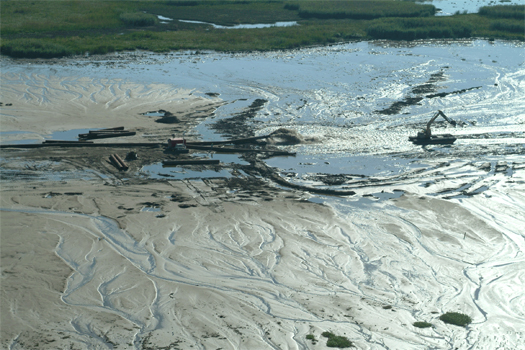
Recognizing the Worth of Wetlands
For more than a century, many state and federal agencies and municipalities focused on conquering wetlands by draining them, then pumping in soils to create space for development. Wetland buffers along rivers, bayous, and creeks that once absorbed and held floodwaters were replaced by levees that force floodwaters up, instead of out. The ability of wetlands to help protect existing infrastructure was largely ignored.
It cannot be ignored any longer.
It’s true that no two storms are exactly alike: Hurricane Harvey dumped a record amount of rain that inundated a huge swath of southeast Texas, and Irma’s enormous size and unprecedented wind ferocity set it apart. Even the healthiest coastal wetlands and the best flood protection systems would not have staved off all the destruction caused by those two storms.
However, there are parts of the Houston area that have now experienced record-setting “100-year flooding” four times in the last 20 years. In Florida, communities now devastated by storm surge and river flooding could have been spared some damage if once-present mangrove flats were there to dampen wave action, or if rivers could still flush out into the wetland floodplains that no longer exist or have been cut off.
Acknowledging these facts is not an attempt to assign blame. It’s not an attempt to use unprecedented disasters to advance a political ideology, either. I understand the crassness of using these disasters as fodder for advancing an agenda while those affected try to save what few possessions remain.
I have neighbors in Baton Rouge who still have not been able to move back into their homes after record flooding in August 2016. The house that my grandfather built, where my dad grew up just two miles from Lake Pontchartrain in New Orleans, still sits empty and in disrepair more than a decade after Hurricane Katrina.
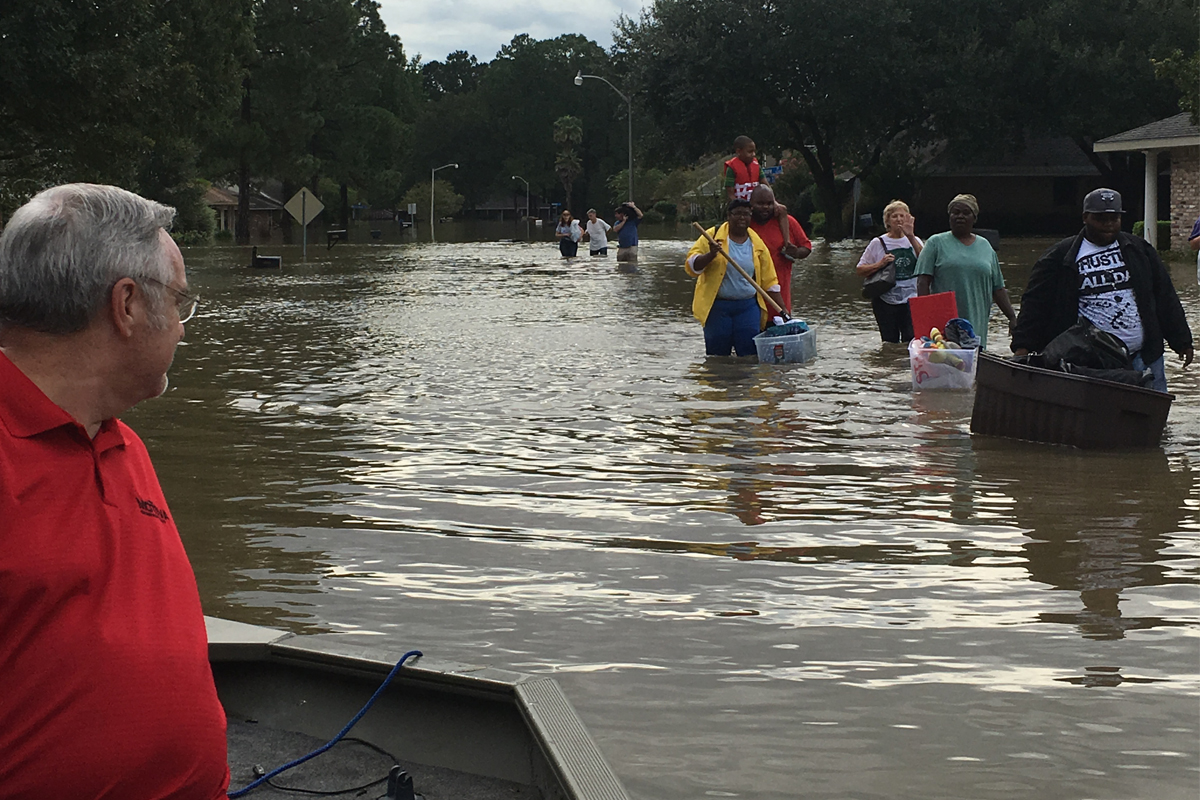
What I hope is that this will be read as a plea to those who make the decisions in coastal communities that have and have yet to be impacted by a disaster. We must grasp how important it is that we live with and utilize the natural protections for our man-made infrastructure—and perhaps think of wetlands, marshes, and mangrove flats as something just as critical to the way we live on the coast.
With personal experience as our guide, I hope we rebuild smarter in flood-prone areas, so recovery isn’t quite as difficult the next time. The side benefit just might be that we support or improve habitat that makes it possible for us to hunt, fish, and live well.

